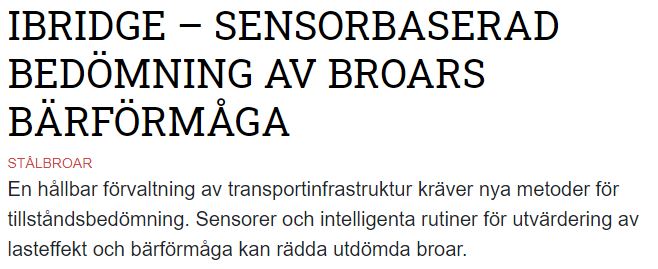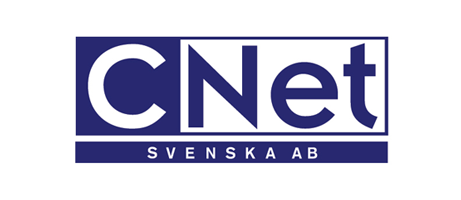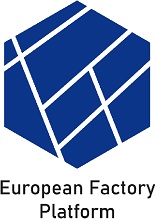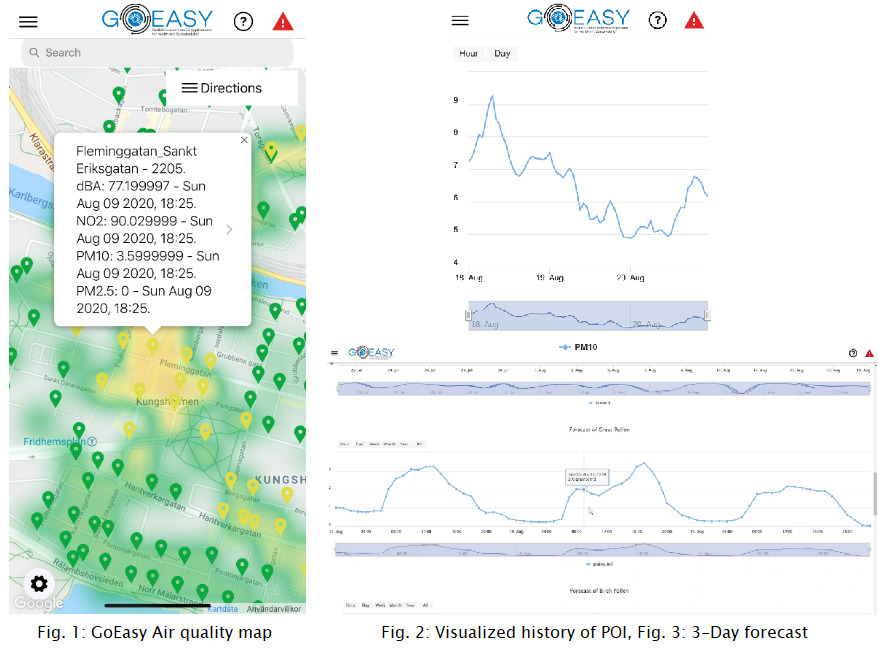EFPF is a federated smart factory ecosystem and a digital platform that interlink different stakeholders of the digital manufacturing domain. The
EFPF platform offers unified access to a vast number of interoperable tools and services that include among others digital solutions for factory connectivity, distributed workflow design & execution, distributed production planning, shop-floor monitoring & alerting, digital twins, risk management and data analytics. The platform is based on common interoperability standards and security protocols, which allow seamless interactions and data exchange between multiple tools and service while preserving security and privacy concerns. The platform enables users to utilize innovative functionalities, experiment with disruptive approaches and develop custom solutions to maximize connectivity, interoperability and efficiency across the supply chains.
The second review for the EFPF consortium was a complete success, despite the limitations and requirements that a global pandemic brings with it. The project convinced in the evaluation with good progress and good cooperation. Now in the final stage, we continue with the blockchain pilots and start opening the platform for open-call experiments between September 2020 and August 2021. More information about the call and the achievements is available on the project’s website:



